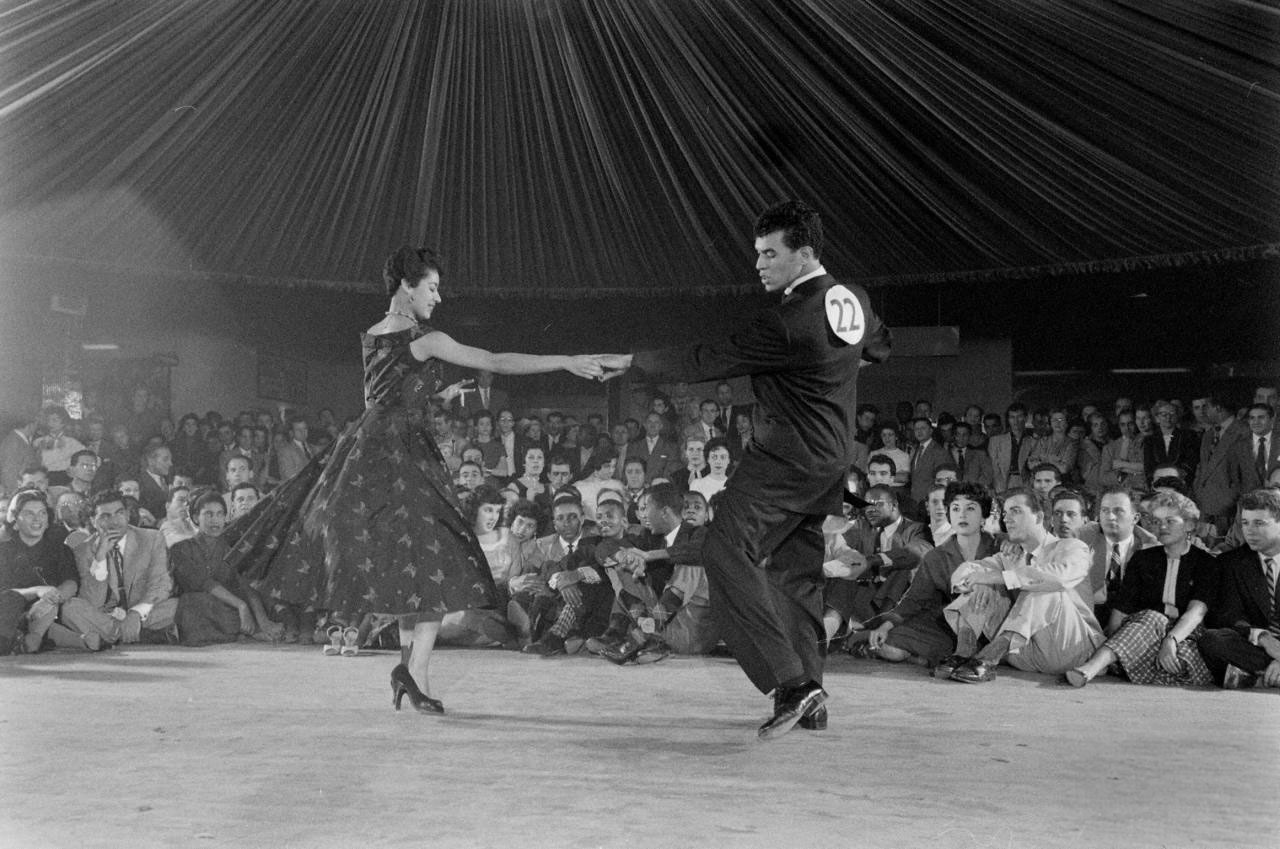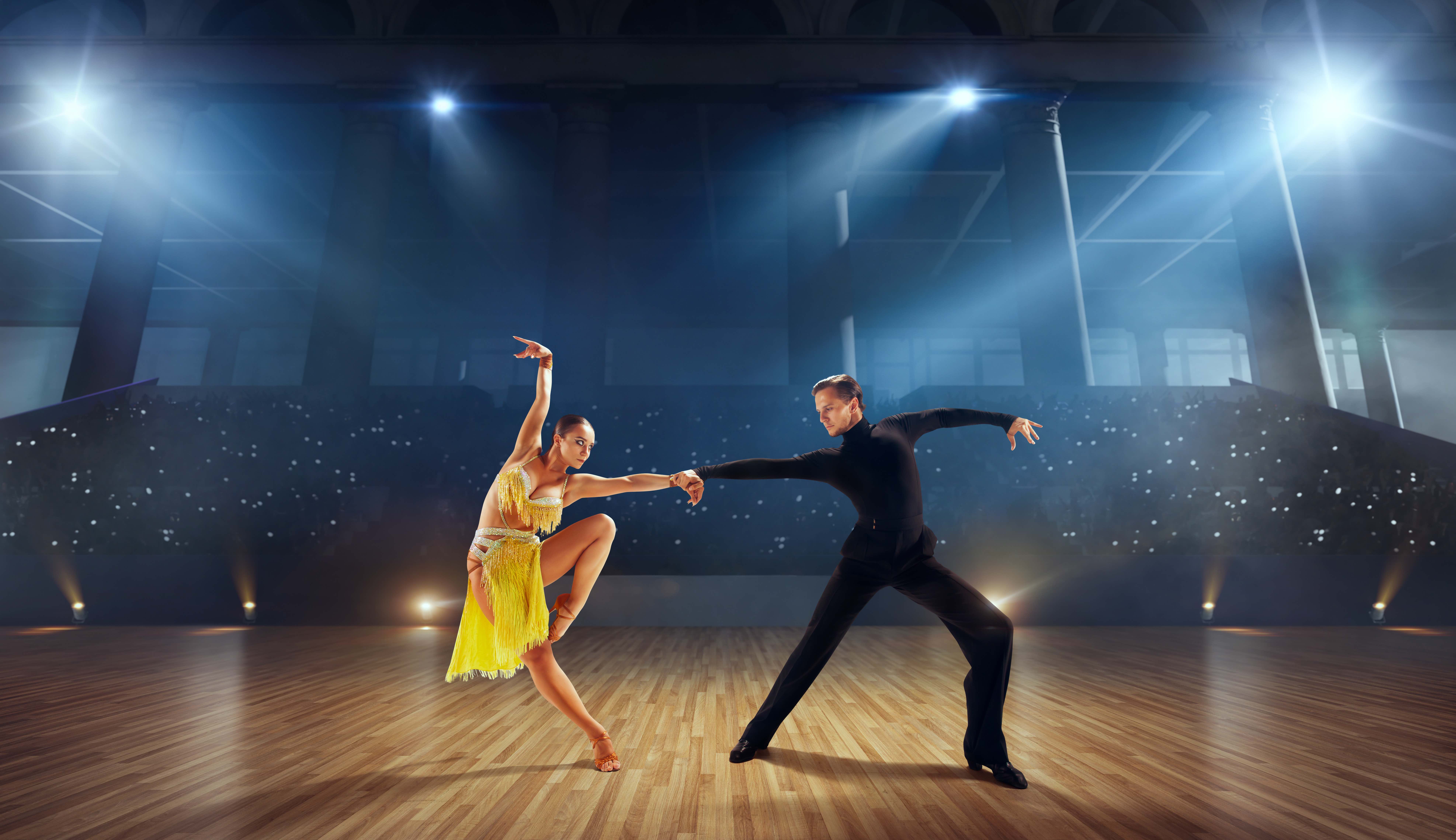What Does Dance San Francisco Mean?
Table of ContentsMore About Dance San Francisco4 Simple Techniques For Dance San FranciscoDance San Francisco Can Be Fun For AnyoneGetting My Dance San Francisco To Work
Dancing kind Salsa training in Ecuador Salsa is a Latin dancing, connected with the songs genre of the same name, which was first popularized in the United States in the 1960s in New York City City. Salsa is a combination of Cuban dances, such as mambo, pachanga, and rumba, in addition to American dances such as swing and tap. The term "salsa" was coined by Johnny Pacheco in the 1960s in New york city, as an umbrella term for Cuban dancing songs being played in the city at the time. Salsa as a dancing emerged soon after, being a mix of mambo (which was preferred in New york city in the 1950s) in addition to Latin dancings such as Boy and Rumba along with American dancings such as swing and faucet - bay area salsa dancing.As salsa songs spread to other nations, various designs emerged such as Cuban and Colombian salsa. Salsa remains popular globally with enthnographic study right into salsa having actually been done as for Benin, and Ghana. Salsa is a partnered dance where the lead takes the fan with a series of spins and transform patterns to music.
The standard Salsa dance rhythm is composed of taking three actions for every four beats of songs. Salsa dancers can likewise damage apart to dance solo, understood as "sparkles". The two major styles of salsa are direct and round.
Here, professional dancers circle around each other, similar to East Shore Swing. Both Cuban and Colombian salsa follow this circular pattern. Including various other dance styling strategies into salsa dance has come to be extremely common for both males and females: foot job, arm job, body language, spins, body isolations, shoulder shimmies, rolls, even hand styling, balancings, and lifts.
Dance San Francisco - The Facts
Salsa dance is an international dance that can be found in a lot of urban cities on the planet. Events are held annually, typically called a Salsa Congress, in different host cities intended to draw in a range of salsa professional dancers from various other cities and countries. The events bring professional dancers with each other to share their enthusiasm for the dancing, construct neighborhood, and share relocations and suggestions.
Video demonstrating salsa dancing principles Over the years, several various designs of salsa dancing have actually evolved around the world. Incorporating various other dance designing strategies into salsa dancing has additionally come to be usual, with professional dancers of one design incorporating styles and activities of others to create brand-new blends of dance designs.
It is a straight kind of salsa, where professional dancers dance in a port, comparable to LA style salsa - bay area salsa dancing. Unlike various other styles of salsa, nonetheless, New York style is danced on the 2nd beat of the music (" on 2"), and the follower, not the leader, steps onward on the initial procedure of the music
One of one of the most prominent numbers in New york city style salsa is Eddie Torres. https://www.figma.com/file/5VXPQGLKI8TcY3uCMtHHOi/Untitled?type=design&node-id=0%3A1&mode=design&t=zUtQU87wW0Z15VvB-1 (referred to as "the Mambo King"), who is credited with assisting to formalize the on 2 salsa timing (based on mambo) and helping to promote it by teaching it in dance studios in New york city and via early training tapes
What Does Dance San Francisco Do?
LA style salsa is danced in a line or "port" with professional dancers trading placements throughout the dancing, unlike Cuban salsa which is danced in a much more round style.
In this pattern, the leader steps forward on 1, tips to the precisely 2-3 while turning 90 levels counter-clockwise (facing to the left), leaving the port open. The follower after that tips straight ahead on 5-6 and activates 78, while the leader makes one more 90 degrees counter-clockwise and a little ahead, returning right into the slot.
The "Vazquez Brothers" (Luis Vazquez, Francisco Vazquez, and Johnny Vazquez) are credited for the early development and development of LA Style. Luiz Vazquez was the co-founder of Los Angeles's initial salsa dance team, Salsa Brava.

The Ultimate Guide To Dance San Francisco
The name Gambling establishment is stemmed from the Spanish term for the casino, "Casinos Deportivos" where much social dancing was done among the better-off, white Cubans during the mid-20th century and onward (bay area salsa dancing). Historically, Gambling enterprise traces its beginning as a partner dancing from Cuban Boy, Cha Cha Cha, Danzn and Guaracha
